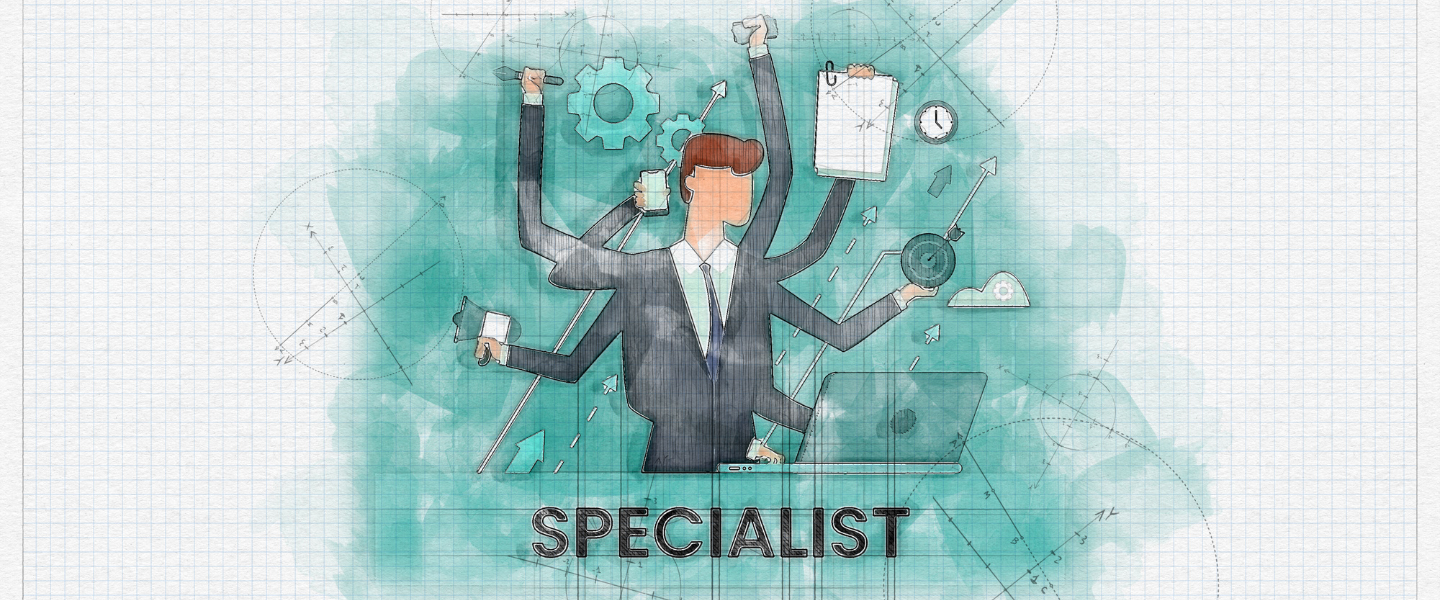Explore Topics
-
December 17, 2023, 11 min read
-
-
-
Are First Time Manager Programs a priority for companies?
July 12, 2023, 6 min read
Cauvery Bhalla and Dhruv Lohumi
-
To curb burn out, help managers focus on their health and wellness first
July 12, 2023, 6 min read
Cauvery Bhalla and Dhruv Lohumi
Leadership & Management
-

Why are Managerial Effectiveness Surveys the need of the hour?
March 22, 2024March 22, 2024, 12 min read
-

Revolutionizing Leadership: A Synergistic Approach through Neuroscience, AI, and Design Thinking
March 5, 2024March 5, 2024, 3 min read
-

Managers are not the demons we are looking for in India’s BFSI sector
November 19, 2023November 19, 2023, 5 min read














